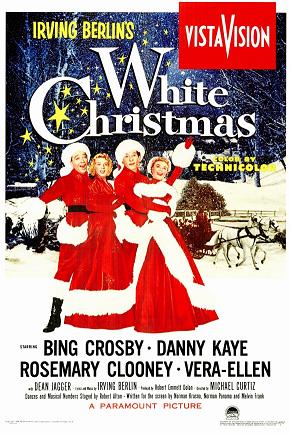Spoilers Coming….
AMC’s The Prisoner was awful. The headache inducing flashbacks, incomprehensible sudden and rapid scene changes, incessant and interminable runs through the desert to find the sea, the ever present morose gay son, “11-12,” of “2,” and the lack of any plot tension made the show almost unwatchable. But watch it I did, because I wanted to know both 2’s reasons and the technology that helped create “the Village.” The answer was preposterous. I should have read a “spoiler” review instead.

I never watched the original 1960’s television show, so had no particular expectations. The Prisoner is about a technology company, “Summaker,” which identifies people it presumes need help. It kidnaps them and places them in an induced hallucinogenic state. The hallucination is the “Village,” which looks like a human-sized toy town. The kidnapped live out their lives in a dreary hallucinogenic sameness with identical small pink houses, ambition free jobs, and some sense that all is ok. Villagers are unaware, mostly, they live in a hallucination, although many have odd “dreams” about their past. Dreamers are hunted down and sent down bottomless holes that appear in the ground. We are led to believe they are gone and dead. (Do they go back to the real world?).
All people have a number rather than a name. “2,” Ian McKellen, is the leader of the Village. He plays his character as a postmodern, ironic, fear inducing, ruthless dictator and lives in a mansion in the Village. “Six,” James Caviezel, is the “Prisoner” who intuits the illusion and seeks to escape and destroy “2.”
By the end of the mini-series, we learn “2’s” wife, who is in a trance/coma throughout the series, invented/discovered the Village in her mind. She is able to project this vision onto others. We are not told why a person from the real world is chosen to live in the Village. One character was a schizophrenic in real life, but it’s unclear all Villagers had such torments. No person is given a choice to go to the Village. “2” apparently realizes his own ruthless personality is less than ideal for this job as head Village honcho. The plot line results in “2” recruiting “6,” who has great empathy, to take over the Village.
Viewers have to suffer through various monologues by McKellen, each designed to teach us how tenuous and “relative” reality is. Yet he and his supposedly “mystical” wife apparently know what’s best for all. We never really learn how the hallucination is physically created in the minds of Villagers. “6” is seen taking his seat in a Director’s chair in front of computer banks by the end of the tedious six hour mini-series.
The Prisoner did strike me as an unintended satire of the totalitarian vision that is the Left’s view of the world. Elites know best and can force you to obey; just follow them and all will be great; reality and truth are mere conventions or fictions; and so on. The Prisoner takes totalitarianism to a high level, as there is utter lack of freedom. Even the fundamental facts about physical reality are subject to manipulation for the Villagers’ good. This is similar to the worldview of the East Anglia climate scientists and the Obama EPA’s Lisa Jackson. Who needs data? Just believe.

I prefer my unintended satires of the totalitarian Left more thrillingly and crisply delivered. Coincidentally, within a few days of seeing The Prisoner, I saw on TMC the original 1956 version of The Invasion of the Body Snatchers. There are similarities between The Prisoner and Body Snatchers. In Body Snatchers, a small town is invaded by human sized “corn on the cob” looking “pods” from outer space. Each pod is designed for a particular citizen. A replacement being is born from each pod. When the real person falls asleep, the pod person takes over their memory. (I never could figure out where their bodies go; I guess they merge.). They become similar to people in the Village; they are dull, emotionless, pain free, and have some general sense of well being. They are all “one.”
Rather than creating a new mental “Village,” the Body Snatchers just capture the memory of every person in the small California town. The protagonist, Dr. Miles Bennell (Kevin McCarthy), gradually discovers the pod attack as reports mount of people claiming family members have “changed.” Like “6,” he tries to escape and is constantly thwarted by pod-people (rather than “2”). The movie is a flashback of a story he tells to doctors in a neighboring town who listen at first with great skepticism. The movie ends with Bennell racing out of town warning people in cars on the freeway to stay away. It is short, fast paced and has little wasted scenes.
Viewers identify with Bennell. The horror he witnesses is bad enough. But he also knows the story is absurd sounding and recognizes how impossible it is for others to believe it. Unlike “6,” Bennell knows what is happening from the beginning and explicitly rejects the pods relativist ideology, which “6” accepts. He quaintly believes in individual freedom and truth.
The Prisoner, on the other hand, is the perfect modern movie. All reality is relative and elites know better than you. Who cares if East Anglia scientists lost all the raw climate data 20 years ago? Forget those dreams of “truth” and listen instead to the likes of Lisa Jackson.
CO2 is a pollutant. Just believe. You’ll feel much better.
COMMENTS
Please let us know if you're having issues with commenting.